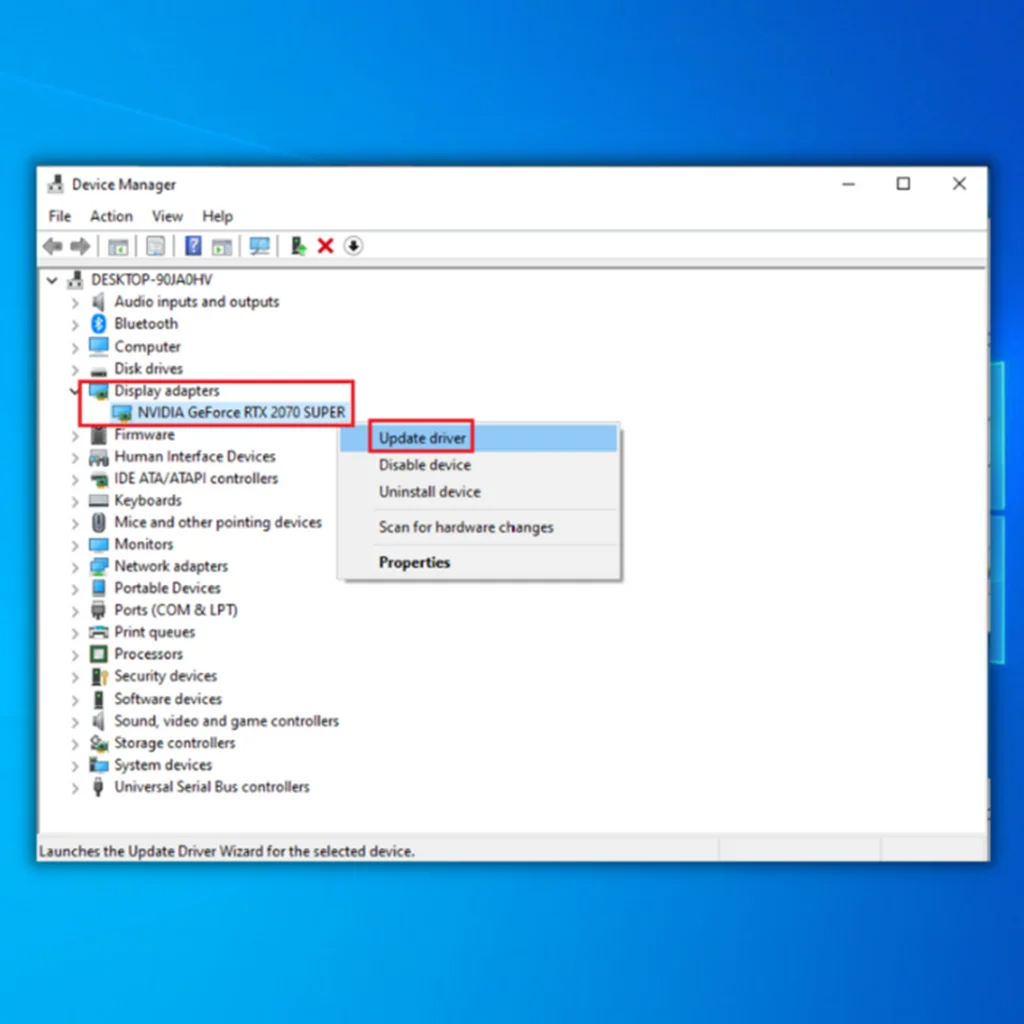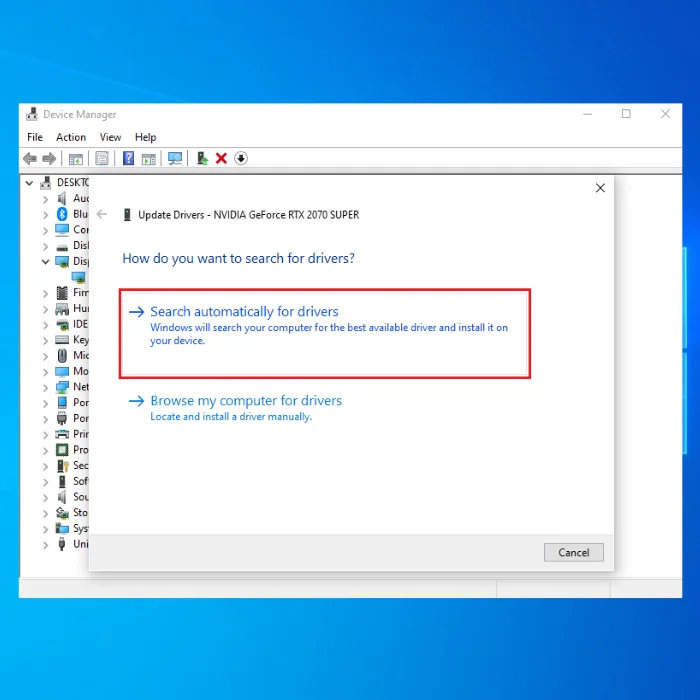![[Full Guide] How to Resize the Screen on a Windows Computer](https://cdn.techloris.com/app/uploads/2023/05/how-to-resize-screen-on-pc.png)
[Full Guide] How to Resize the Screen on a Windows Computer
Resizing your computer screen can be a useful way to customize your viewing experience. Some users may find it helpful to make the text larger to read and understand what is on their screen more easily. Resizing a window or two can help organize multiple applications side by side for multitasking. For example, many people like to have their email client open in one small window next to their browser window for easy access while browsing the web.
Resizing and organizing windows this way can be an effective time saver and provide a better user experience overall. Furthermore, if you are giving a presentation from your computer, resizing the window to take up the entire screen gives your audience the best view of your presentation.
Why Is My Laptop Screen Showing Oddly Sized Texts and Images?
The display on your laptop may change for various reasons, many of which are caused by user actions that either directly or indirectly alter system settings. Some of these actions include:
- Installing a game or application: Certain games or applications require high-resolution images for optimal performance, and during installation, users may be prompted to grant administrative permissions, allowing the game to modify system presets.
- Accidentally zooming in or out: Some keyboard shortcuts can trigger zooming, and users may unknowingly activate them by dragging their touchpad or mouse.
- Connecting a projector: Using an HDMI cable to connect a projector to your laptop can also cause your display to change.
What Is a Computer’s Screen Size?
A computer’s screen size refers to the physical measurement of the diagonal distance between two opposite corners of the screen. It is typically measured in inches. No default size is shared between multiple models or companies; thousands of different screen sizes are factory default.
How to Fix Oversized Screen on a Computer
Modify Screen Resolution
If you encounter an issue with the display being too large for your monitor on Windows 10, the first step is to adjust the screen resolution to the recommended resolution. A high-resolution setting may cause this problem, and changing your screen resolution is a simple process on Windows 10. The following are step-by-step instructions to modify the screen resolution.
1. Right-click on your desktop and select Display settings.
2. In the Display settings menu, click the arrow icon next to Display Resolution and select the Recommended screen resolution from the drop-down menu.

3. Click Keep Changes to confirm the operation if prompted.
Change the Size of Icons
1. Right-click on the empty space on your computer and then select the View option.

2. Choose the Small icons option in the sub-menu of View.
Utilize Keyboard Shortcuts
To address the issue of Windows 10 displaying too big and you can’t see the whole screen monitor, you can utilize keyboard shortcuts. By holding down the Ctrl key and scrolling with the mouse wheel, you can adjust the size of words, icons, pictures, and other items on the screen. Scrolling down will make them smaller, while scrolling up will enlarge them.
Additionally, you can use keyboard combinations to change the size of items on the screen. Pressing the Ctrl and (+) keys will make items larger while pressing the Ctrl and minus (-) keys will make them smaller.
Enable Small Taskbar Buttons
To enable small taskbar buttons, take these instructions to change the Taskbar icons’ size.
1. Right-click on your Taskbar and click Taskbar settings.

2. Toggle on the Use small taskbar buttons option in the pop-up window.
Update Display Driver
Updating the display driver on your device can solve the Windows 10 display oversize screen issue caused by a corrupted or outdated display driver. Here are the steps to update the display driver.
1. Press Win + I and select Device Manager.
2. Expand Display adapters, and right-click your display driver.
2. Select Update drivers

3. To update your drivers automatically, select Search automatically for drivers.

4. If you want to install drivers manually, select Browse my computer for drivers.
5. If you manually update your drivers, ensure you download the latest display drivers from your manufacturer.
Turn Magnifier Off
Activating the magnifier is another cause for your display screen to change from its usual size. Once you deactivate it, the settings should return to their default state.
1. Open Settings > Ease of Access > Magnifier.

2. Toggle off. Turn on Magnifier.
Take Control of Your Display Settings and Enjoy a Personalized Viewing Experience
In today’s digital age, having the ability to adjust the screen size on your Windows computer is essential. Whether working on a document, browsing the web, or watching a video, having the right screen size can greatly enhance your productivity and viewing experience. In this comprehensive guide, we have covered various methods to resize the screen on a Windows computer, giving you the flexibility to customize it according to your preferences. From adjusting the resolution to changing the scaling settings, we’ve provided step-by-step instructions to help you navigate the process easily. Now you can optimize your screen size, making everything on your computer more accessible and visually appealing. Take control of your display settings and enjoy a personalized viewing experience tailored to your needs.

![[Guide] How to Disable Touch Screen on a Windows 10 PC](https://cdn.techloris.com/app/uploads/2023/01/how-to-disable-touch-screen-on-windows-10.png)

![[Full Repair Guide] Fixing Windows 10 Screen Shift](https://cdn.techloris.com/app/uploads/2023/03/How-to-Fix-Windows-10-Screen-Shifted-Error.png)
![[Guide] How to Revert Back to Windows 10 From Windows 11](https://cdn.techloris.com/app/uploads/2023/05/How-to-Revert-Back-to-Windows-10.png)